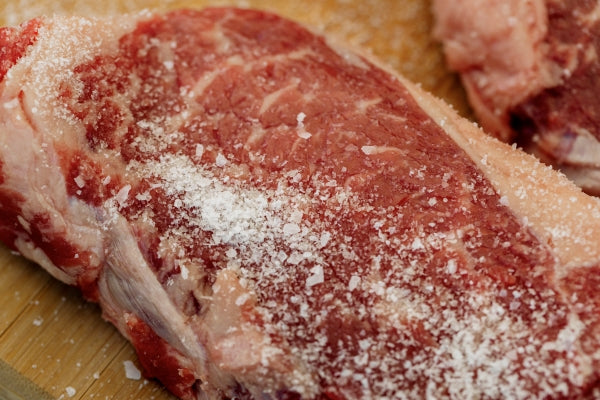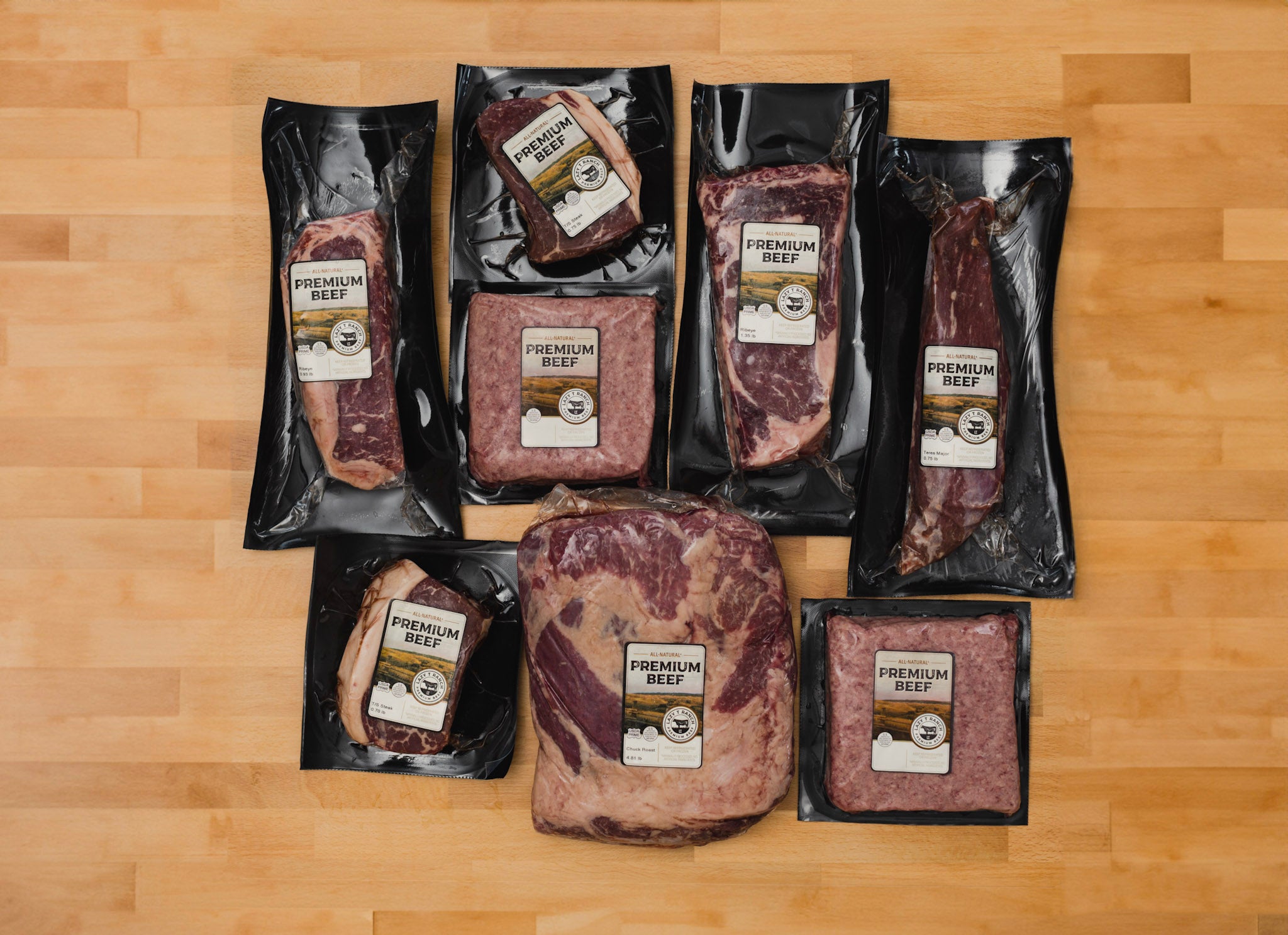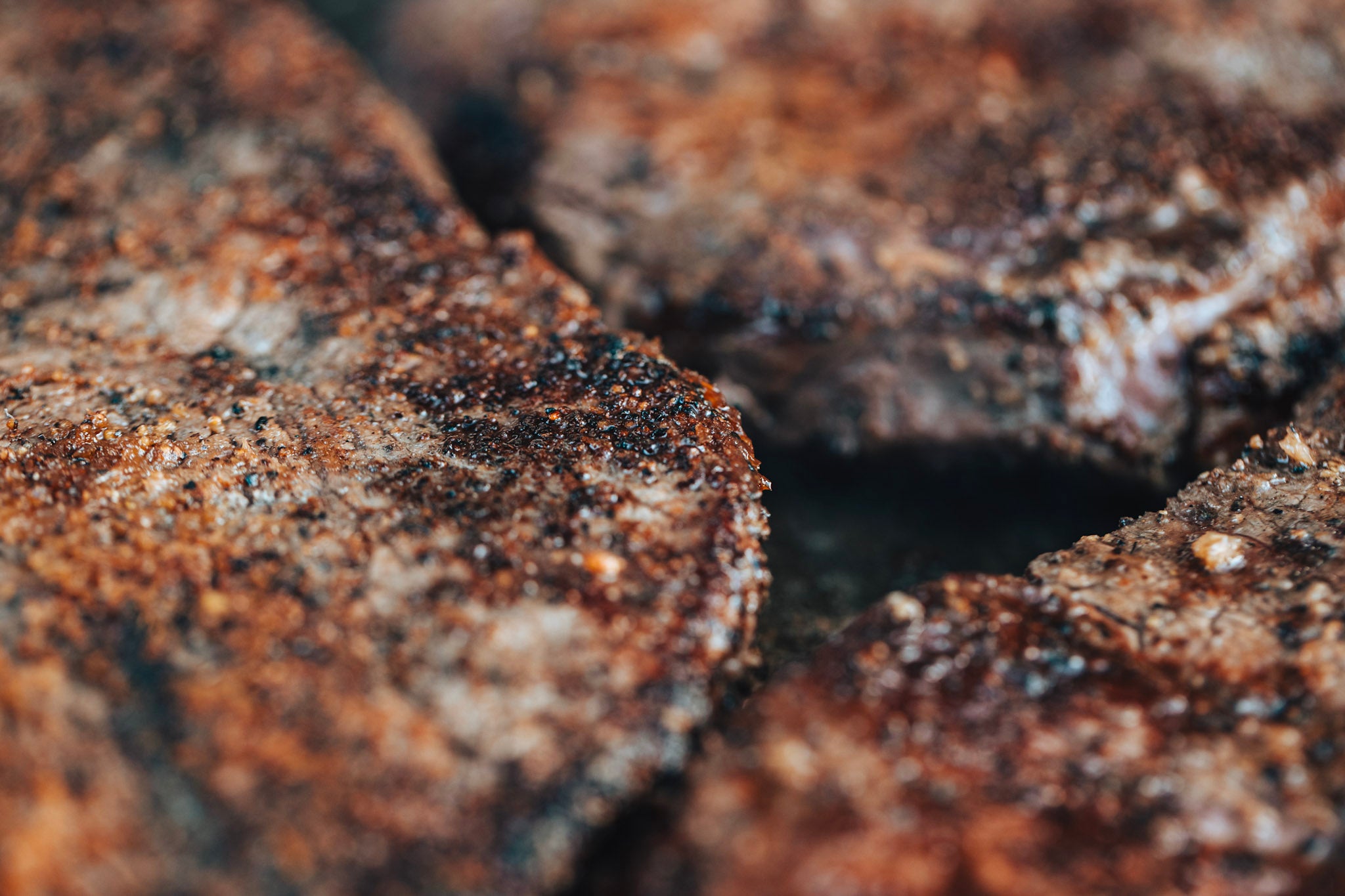
Comparing Dry-Aged Steak to Wet-Aged Steak: What Sets Them Apart
Dry-aged steak versus wet-aged steak. Here’s everything you need to know.
Before we talk about the differences between aging processes and how each affects flavor and tenderness, let’s first look at why aging beef matters.
During the aging process, the beef’s muscle fibers and connective tissues break down, creating shorter fibers that are easier to chew and digest. (We refer to this as tenderness.) The main purpose of aging beef is to give it a more palatable texture. However, depending on the duration and type of aging process, the beef’s flavor can also benefit.
What are the primary differences between dry-aged and wet-aged steaks in terms of the aging process?
The general concept of aging beef is simple: Allow the meat to mature in a controlled environment for a given amount of time. When comparing dry aging and wet aging, the main differences lie in the controlled aging environment.
Dry aging occurs in an open-air space (typically a special refrigerator) while wet aging involves vacuum-sealing a cut of beef in its own juices. Both processes chill the beef right above freezing to prevent dangerous microbial growth.
Moisture is the key factor here. Dry aging uses temperature, airflow, and humidity to safely mature and dehydrate the beef, resulting in a significant concentration of flavor. Over the weeks or months spent dry aging, the beef’s natural enzymes break down the muscle and connective tissue, creating a tender dry-aged steak.
Wet aging doesn’t remove moisture from the beef. During the wet aging process, the beef matures in a vacuum-sealed bag. Its natural juices act as a marinade while its enzymes break down and tenderize the meat. Unlike dry aging, which is a practice dating back to ancient times, wet aging has only been in existence since the mass invention of plastic (60 years).
How do the flavor profiles of dry-aged and wet-aged steaks differ?
Since dry aging removes moisture from the beef, thus concentrating the flavor, dry-aged steaks tend to have a robust, nutty taste comparable to blue cheese. Many beef connoisseurs argue that since the dry aging process is generally lengthier than wet aging, it yields tenderer, more flavorful steaks. Of course, this boils down to preference.
Wet aging produces a “fresh, metallic” taste subtler than that of dry-aged beef. Wet-aged steaks tend to have a sweet, vibrant flavor able to take on a wide range of seasonings and sauces, unlike dry-aged steaks which are so deliciously beefy they do best with a sprinkle of salt and pepper and a quick sear on high heat.
If you’re not sure what type of aging process you prefer, know that most grocery store beef is wet-aged. Steakhouses often serve both wet-aged and dry-aged steaks, but these cuts are labeled appropriately. (Dry-aged steaks typically cost more than wet-aged steaks due to the extra time and effort needed to complete the process.) Overall, wet aging is a default, so if the package, menu, or butcher doesn’t specify the aging process, the beef is more than likely wet-aged.
How do the tenderness levels of these steaks vary due to their respective aging methods?
After two weeks of aging, regardless of the method, the beef should reach the desired tenderness. Some argue the longer meat is aged, the more it breaks down, thus making it tenderer. If that’s true, dry-aged steak would (theoretically) be tenderer due to its longer age time.
Commercial wet aging takes 7 to 28 days while a good dry age takes anywhere from a couple weeks to several months. Here at Lazy T Ranch, we dry age our beef for 21 days.
Tenderness is up for debate when it comes to dry-aged versus wet-aged steaks. Both are juicy and wonderful to eat. The factors to consider when selecting aged beef are taste and texture. Do you want your steak to have a subtle flavor or a robust profile? Do you like your meat to be extra juicy, or do you prefer it to have a concentrated texture?
Why does the appearance of dry-aged steak differ from that of wet-aged, and what does it mean for consumers?
Because dry-aged beef is exposed to air, it loses its bright red color, which most consumers relate to freshness. Red doesn’t mean fresh. In fact, many beef producers treat their meat with carbon monoxide to give it a deceptive, shopper-friendly red hue.
Wet-aged steak tends to have a brighter color than dry-aged steak. It also doesn’t experience shrinkage since there’s no evaporation/dehydration during the aging process.
Out of the two, dry-aged steak experiences a more apparent transformation. The beef is often dry-aged as large primal or subprimal cuts, sometimes as the whole carcass. As it ages, it develops a firm outer crust. (Think blue cheese.) The longer the beef dry ages, the deeper the crust goes. After the aging process, the crust is removed from the beef. This means loss of original weight, adding to the shrinkage already caused by moisture loss.
Dry-aged steaks are juicy and packed with flavor, but since the exterior dries out and must be trimmed off, so much as 35 percent of the meat goes to waste. Time and shrinkage cost money, hence why dry-aged beef is more expensive than wet-aged.
We think it’s worth the splurge.
For a consumer, which type of steak is recommended based on different culinary preferences and occasions?
Wet-aged steak has a light flavor, which pairs well with seasonings and sauces. It also has more moisture and a lower price tag. Whereas dry aging is ideal for fattier cuts, wet aging works well for leaner cuts (like flat-iron steak, filet mignon, and boneless strip steak) that are low in marbling and need to retain their moisture.
Dry-aged steak is considered higher quality, but since it loses mass during the aging process, it’s more expensive than wet-aged steak. Dry aging works best with cuts that have a hefty portion of fat such as ribeyes, T-bones, and porterhouse steaks. The fat often recedes into the beef during the dry-aging process, infusing it with a buttery flavor.
Wet aging and dry aging both produce tender, juicy beef. When determining which aging process is right for you, consider flavor, the cut of meat, and your budget.
How does Lazy T Ranch approach the beef aging process, and what are the benefits of their methods?
Our goal is to make high-quality, dry-aged beef accessible. For the longest time, dry-aged steaks were only available in pricey steakhouses and butcheries. Not anymore. We dry age the beef from our cattle ranch for 21 days, then have it expertly cut, packaged, and shipped to your home, all at a fair price. Bring the steakhouse to your grill with our dry-aged beef boxes.


